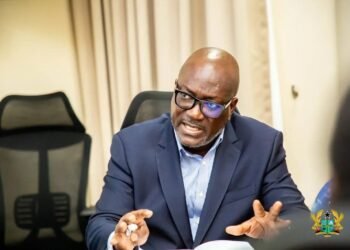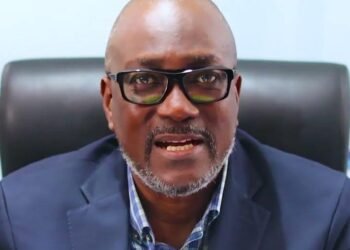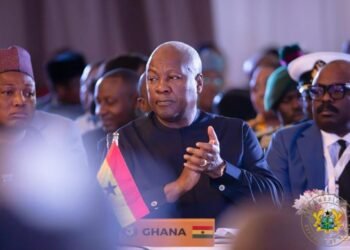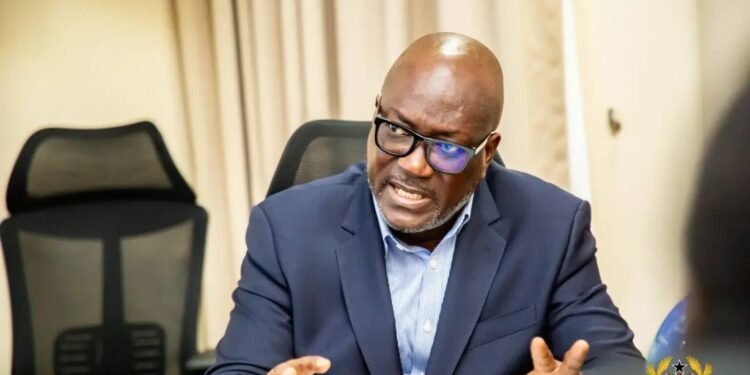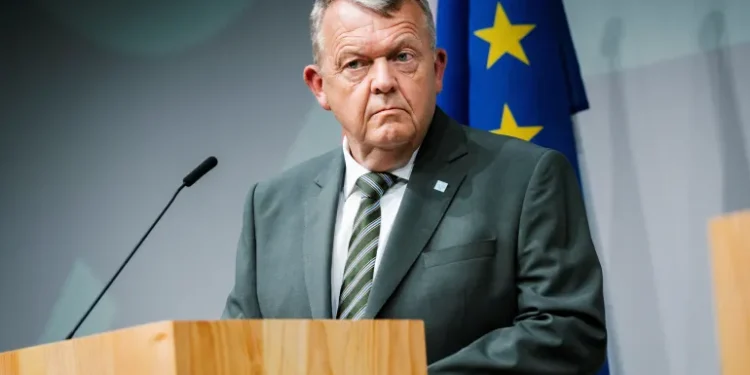In a renewed bid to revitalize Ghana’s District Assemblies and restore confidence in grassroots governance, Finance Minister Cassiel Ato Forson has announced sweeping reforms aimed at reversing years of centralization and neglect.
According to the Minister, the initiative reflects President John Dramani Mahama’s unwavering commitment to decentralized development, a constitutional mandate enshrined in Chapter Twenty of the 1992 Constitution.
Addressing Parliament on Wednesday, June 3, 2025, Ato Forson condemned the recentralization trend that, over the past eight years, deprived Metropolitan, Municipal, and District Assemblies (MMDAs) of the fiscal autonomy needed to serve their communities effectively.
“Rt. Hon. Speaker, in the past eight years, a paltry 40% to 50% of transfers to the Common Fund were disbursed directly to the District Assemblies, thereby denying MMDAs the ability to spur local economic development.”
Cassiel Ato Forson
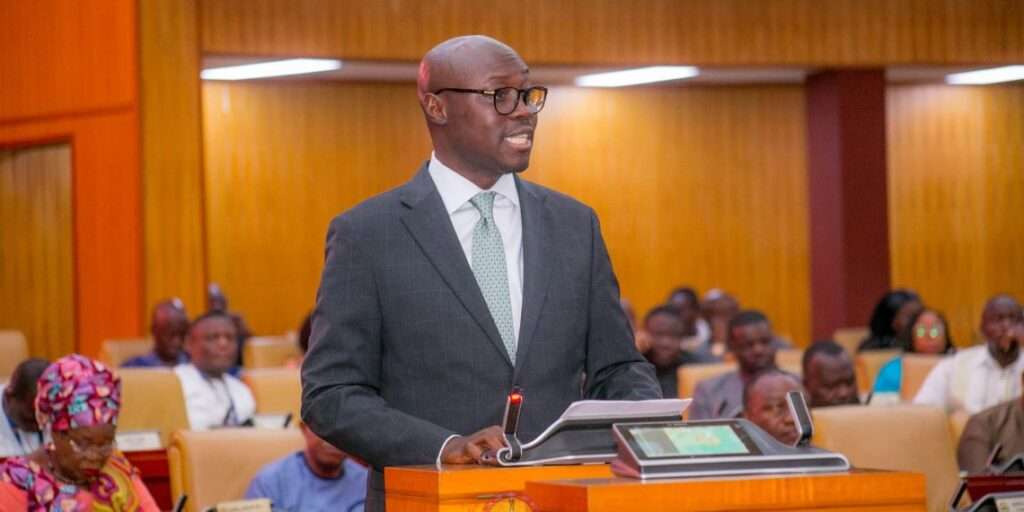
He emphasized that the current administration, under President Mahama, is determined to reverse this trend and channel adequate funding directly into the hands of local governments to boost their capacity for economic transformation.
A key component of this commitment is ensuring that a minimum of 80% of resources allocated to the District Assemblies Common Fund (DACF) are now transferred directly to MMDAs.
Ato Forson praised Parliament for supporting this provision as part of the 2025 national budget, describing it as a critical step toward restoring the functionality of District Assemblies and deepening decentralization.
“Mr Speaker, through this policy initiative, Government is guaranteeing that approximately GH¢6.1 billion of the GH¢7.57 billion earmarked for 2025 will be disbursed directly to spur local economic activities at the district level.”
Cassiel Ato Forson
Gov’t Sets Strict Rules for Fund Use
The Finance Minister stressed that the policy goes beyond mere disbursement, as stringent accountability measures and clearly outlined expenditure guidelines have been set by the Cabinet to ensure funds are used purposefully.
These guidelines reflect a blend of short-term community needs and long-term development goals.
Under the newly approved guidelines, the government has outlined a detailed allocation plan to ensure the effective use of transferred funds.

A significant 25% of the funds will be dedicated to constructing 24-Hour Economy Model Markets, aimed at boosting local commerce.
Another 10% is earmarked for health infrastructure, specifically requiring each assembly to build at least two CHPS compounds. Education development will receive 10% of the funding, targeted at constructing new kindergarten, primary, and junior high school blocks.
Additionally, 10% of the funds will go toward providing potable water, with rural assemblies expected to drill a minimum of 10 boreholes.
Environmental sanitation projects, including solid and liquid waste management, will also receive 10%, while another 10% will be used to procure school furniture.
Finally, 5% of the funds will cover administrative costs, including monitoring and evaluation, to ensure accountability and effective implementation.
The government has also earmarked 20% of DACF transfers for the completion of abandoned infrastructure projects—legacy efforts left behind by the Middle Belt Development Authority, Coastal Development Authority, and the Northern Development Authority.
“And finally, recognising the need to complete abandoned legacy projects… we have allocated a whopping 20% to fix the mess.”
Cassiel Ato Forson
Over GHS987M Sent to District Assemblies
Furthermore, Hon. Cassiel Ato Forson noted that a total of GHS987,965,073.00 has already been transferred from the Consolidated Fund into the DACF Account as the first-quarter disbursement for 2025.
In line with the new policy, 80% of this amount must reach the Assemblies directly.
“The Administrator of the District Assembly Common Fund is required to ensure that 80% of this amount is transferred directly to the Assemblies without fail, and expenditure returns submitted to the Ministry of Finance before subsequent releases will be made.”
Cassiel Ato Forson
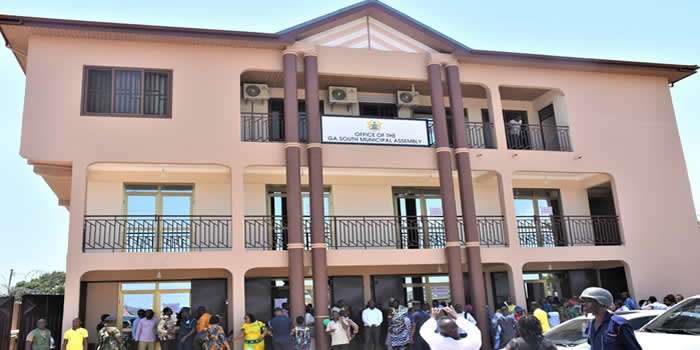
He encouraged Members of Parliament to actively monitor the use of these funds in their constituencies to ensure alignment with the new Cabinet-approved guidelines.
Beyond local governance, Ato Forson also highlighted that the Mahama administration has restored prompt and full transfers to other key statutory funds—breaking from previous years of delays and shortfalls.
These include disbursements to the National Health Insurance Fund (NHIF) and the Ghana Education Trust Fund (GETFund).
The NHIF has received GHS2,033,469,607.00 for the first quarter of 2025.
This, according to the Minister, has enabled the scheme to clear arrears owed to healthcare providers and support flagship initiatives like Free Primary Healthcare and the Ghana Medical Care Trust programme, popularly known as ‘Mahama Care’.
Similarly, the GETFund has received GHS2,710,227,947.00 covering January through April 2025.
These funds have been earmarked to sustain the Free Senior High School Programme, now fully underwritten by the GETFund. As a result, logistical challenges such as student feeding—which previously hampered the programme—have been resolved.
“Rt. Hon. Speaker, these payments are a clear reflection of our commitment to meet all statutory obligations in our priority sectors… Let us work together to strengthen the Metropolitan, Municipal, and District Assemblies and position them as engines of local economic development.”
Cassiel Ato Forson
With the government’s new framework for fiscal decentralization now in motion, Ghana’s District Assemblies may finally have the financial muscle—and accountability architecture—needed to deliver transformative development at the grassroots level.
READ ALSO: Dutch Premier Steps Down After Wilders Withdraws Party From Coalition




